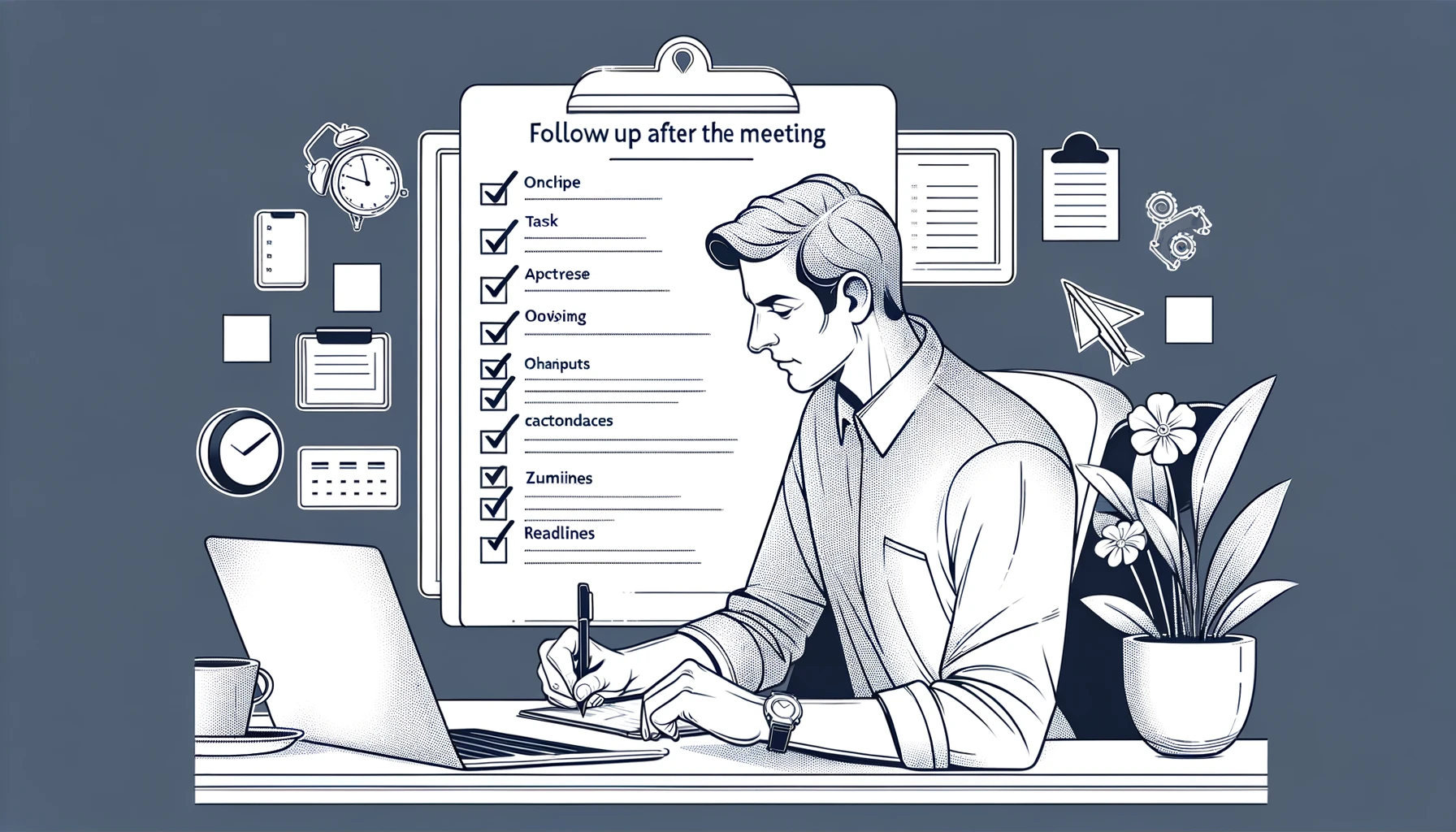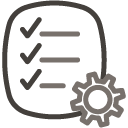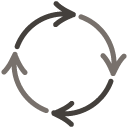
The difference between productive meetings and time-wasting gatherings often comes down to what happens afterward. A clear follow-up plan, with action items assigned to specific individuals along with set deadlines, is crucial for translating discussions into tangible outcomes. This accountability ensures that the momentum generated during the meeting propels the project forward rather than dissipating into the ether.
Appointing a dedicated individual to track these tasks can significantly enhance the effectiveness of follow-ups. This person, whether a meeting facilitator or a designated secretary, is responsible for documenting all action items and ensuring they are clearly communicated to all relevant parties. By maintaining a centralized list of tasks and deadlines, this individual helps keep the team aligned and focused on shared objectives.
The role of the follow-up leader extends beyond merely listing tasks; it involves actively monitoring progress and providing timely reminders. This proactive approach helps prevent tasks from falling through the cracks and ensures that any obstacles are addressed promptly, keeping the project on track. Regular updates and check-ins can foster a culture of transparency and collaboration, encouraging team members to stay committed and accountable.
In conclusion, the follow-up phase is where the real work begins after a meeting. By establishing clear action items, assigning responsibility, and ensuring accountability, you can turn ideas into action and aspirations into achievements. Remember, a meeting's success is measured not by what is discussed, but by what is accomplished afterward. Prioritize effective follow-ups, and watch your team's productivity soar.






































